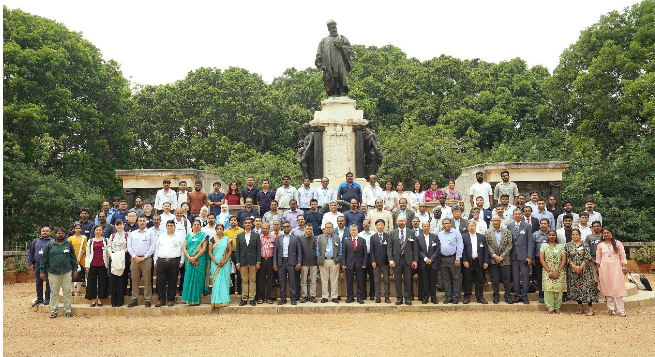India played host to ITU meetings relating to global audio-visual technology standards, making significant contributions to discussions in the Study Group 9 deliberations that were held in-person for the first time after the COVID-19 pandemic outbreak.
The Indian delegation made contributions on two work items: requirements and technical specifications of a cable TV hybrid set-top box compatible with terrestrial and satellite TV transport, and, second, factual subscriber-base reporting and protected content delivery in conditional access system-requirements.
Satellite and distribution expert and Indianbroadcastingworld.com columnist Rajiv Khattar has been acting as Associate Rapporteur for the work item Factual Subscriber base reporting and protected content delivery in conditional access.
Co-hosted in Bengaluru by the Telecommunication Engineering Centre (TEC), Department of Telecommunications (DoT) and the Indian Institute of Science (IISc), the ITU-T Study Group 9 (SG-9) meetings were held under the broad theme of ‘Broadband Cable and Television/Audiovisual Content Transmission and Integrated Broadband Cable Networks’.
The event, held during May 9-18, 2023 was attended by delegates and representatives from Bangladesh, Brazil, China, Congo, Egypt, France, Gambia, Germany, India, Japan, Kenya, Korea, Myanmar, Nepal, Palestine, Sri Lanka, Syria, Switzerland, Tanzania, Thailand, Ukraine and other countries.
In addition, representatives of the International Telecommunication Union (ITU), a UN Organisation, and other experts too attended the meeting.
ITU is the oldest UN agency, founded in 1865, to facilitate international connectivity in communications networks. ITU allocates global radio spectrum and satellite orbits, develops the technical standards that ensure networks and technologies seamlessly interconnect, and strives to improve access to Information and Communications Technologies (ICTs) to underserved communities worldwide.
The SG9 at ITU is responsible for telecommunication systems for primary and secondary distribution of audio-visual content, including accessibility services and emerging interactive media, according to an official statement put out.
The SG9 looks at different aspects of transmission, distribution, and rendering of cable and broadband TV, after considering multiple contributions submitted by ITU members, of which a large part has come from India and Indian stakeholders, including a draft recommendation on a Common User Profile, which is a work item led by IISc.
The Study Group meeting also comprised the ITU Workshop on The Future of Television for South Asia, Arab and Africa Regions, which was held on May 11, 2023, covering regulatory and policy frameworks, emerging and convergent ICT infrastructures and services, as well as user interfaces and human factors.
The speakers included experts such as Premjit Lal, Deputy Director General (International Relations), Department of Telecommunications; Prof Rajesh Sundaresan, Dr Satoshi Miyaji from ITU and Seizo Onoe, Director, Telecommunication Standardisation Bureau, ITU. The event was accompanied by demos from various industries and research labs, including C-DOT, Saankhya Labs, ITI, Qualcomm, Exalto and Doordarshan as well as three IISc labs.
Seizo Oneo, TSB Director, speaking about the event, said, “I thank India’s Ministry of Communications and the Indian Institute of Science for their hard work in arranging the workshop, as well as your hospitality to ITU-T Study Group 9 as the hosts.
“At the workshop, while the future technologies of digital broadcasting were discussed, it was also highlighted that many countries are still facing challenges in transitioning from analog to digital broadcasting. I hope that the ITU workshop will serve as a platform for sharing best practices and help bridge the gap.”
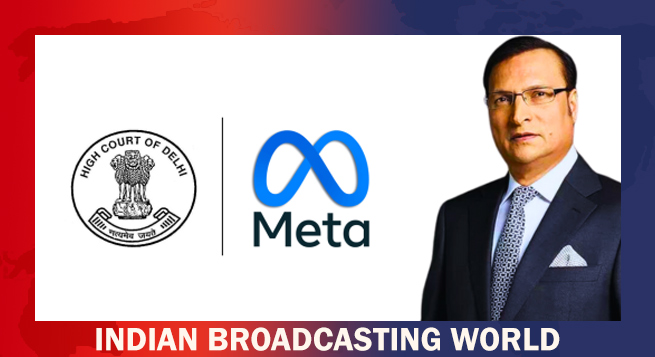 Delhi HC orders meta to remove deepfake videos of Rajat Sharma
Delhi HC orders meta to remove deepfake videos of Rajat Sharma 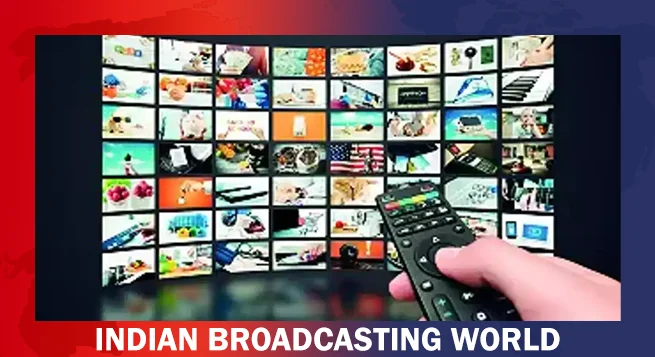 Govt. blocked 18 OTT platforms for obscene content in 2024
Govt. blocked 18 OTT platforms for obscene content in 2024 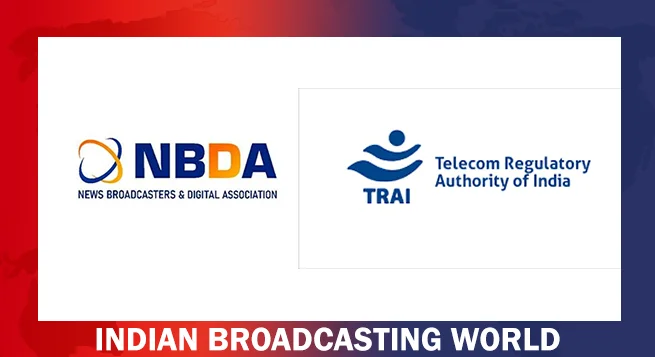 Broadcasting industry resists inclusion under Telecom Act
Broadcasting industry resists inclusion under Telecom Act  DTH viewing going down & a hybrid ecosystem evolving: Dish TV CEO
DTH viewing going down & a hybrid ecosystem evolving: Dish TV CEO 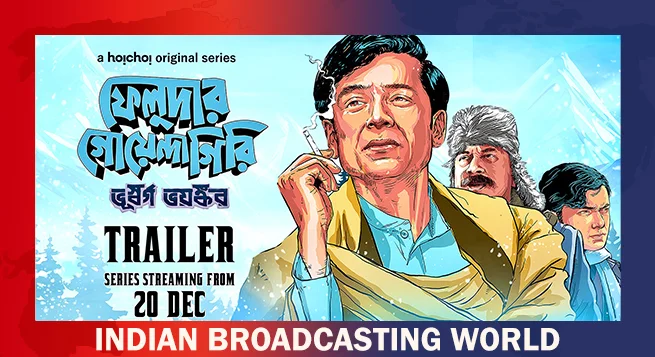 New adventure of detective Feluda debuts on Hoichoi Dec. 20
New adventure of detective Feluda debuts on Hoichoi Dec. 20  ‘Pushpa 2’ breaks records as most watched film of 2024: BookMyShow Report
‘Pushpa 2’ breaks records as most watched film of 2024: BookMyShow Report  Hungama OTT unveils ‘Pyramid’
Hungama OTT unveils ‘Pyramid’  Amazon MX Player to premiere ‘Party Till I Die’ on Dec 24
Amazon MX Player to premiere ‘Party Till I Die’ on Dec 24  aha Tamil launches ‘aha Find’ initiative with ‘Bioscope’
aha Tamil launches ‘aha Find’ initiative with ‘Bioscope’  Netflix India to stream WWE content starting April 2025
Netflix India to stream WWE content starting April 2025 


